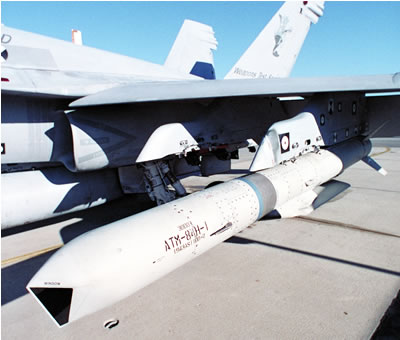Since precision strikes are effective and accurate, the number of weapons necessary to create the desired effect is sometime limited to a single weapon – to create the minimum – rather than maximum required lethality and minimize collateral damage. Accurate and timely Battle Damage Assessment (BDA) report is therefore required, to determine not only whether the weapon hit the target, but also if the desired effect was achieved. Such an effect can be the elimination of target, but also the absence of collateral damage or fratricide. BDA is becoming an integral component of the modern strike packages, just as the intelligence, targeting, delivery platform and the weapon. An evolving concept for integral BDA is placement of an imaging sensor on the weapon itself. For example, SLAM-ER, SPICE, and JASSM already have a datalinks which provides views of the target until the time of impact. However, this view does not offer an assessment of the target condition after the strike. A more advanced concept offers a jettisoned sensor and datalink package released from the bomb just before it strikes the target. Modern standoff precision weapons also provide significant loitering capability, to enable extended presence over the battle area, as well as co-operative control between weapons, providing mutual targeting and BDA. Multi-Kill Capable weapons systems will be able to operate autonomously, with or without “man-in-the-loop” for final verification of targets, based on real-time situational awareness. Such weapons are expected to maintain long persistence over the Battlefield, for several days, and provide inherent Intelligence, Surveillance and Reconnaissance (ISR) capabilities, which will be augmented by supporting assets.
Additional parts of this article:
- Precision Strike Weapons
- Precision Strike Concepts
- Transformation of Air Strike Operations
- Net Centric Precision Strike Weapons
- Battle damage Assessment Capabilities
- Precision Strike Systems
- Precision Guidance Concepts
- Modern Bombers Applications for Conventional Warfare
- Precision Attack in Urban Warfare




















